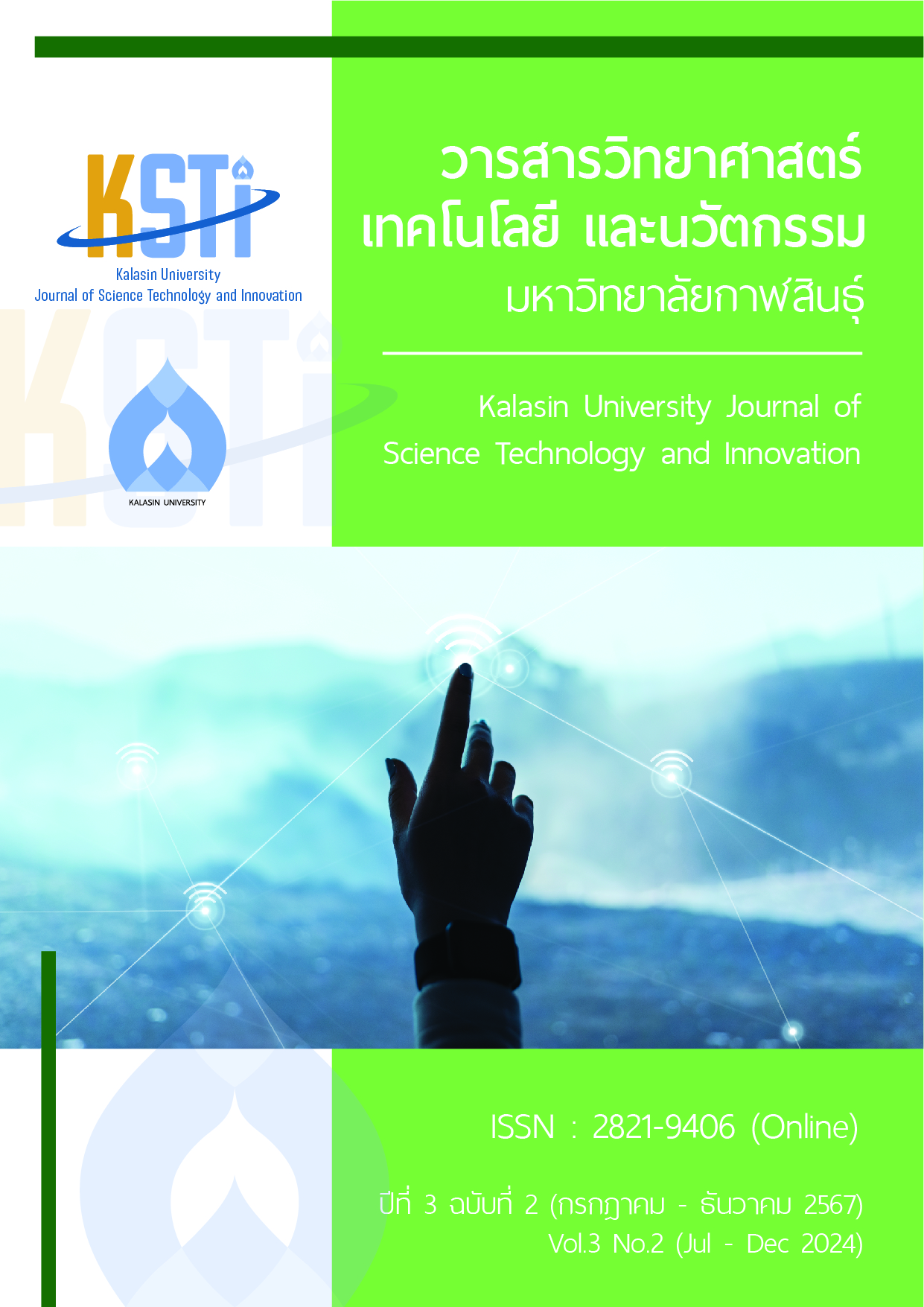ฟิสิกส์และคณิตศาสตร์ของการเคลื่อนที่ของลูกฟุตบอลในอากาศ: วิถีพาราโบลาและปรากฏการณ์แม็กนัสจากการแตะฟรีคิก
Main Article Content
บทคัดย่อ
บทความนี้นำเสนอการศึกษาเกี่ยวกับการเตะฟรีคิกในกีฬาฟุตบอล โดยอาศัยหลักการทางฟิสิกส์และคณิตศาสตร์เพื่อวิเคราะห์และอธิบายวิธีการเตะฟรีคิกอย่างมีประสิทธิภาพ โดยเนื้อหาครอบคลุมถึงประเภทของการเตะฟรีคิก สัญญาณและทิศทางของการเตะ ตลอดจนการควบคุมทิศทางของลูกฟุตบอลในการเตะฟรีคิก นอกจากนี้ยังมีการประยุกต์ใช้สมการ การเคลื่อนที่แบบพาราโบลา การเคลื่อนที่แบบโพรเจกไทล์ และปรากฏการณ์แม็กนัสที่ส่งผลต่อวิถีของลูกบอลในอากาศ รวมถึงกฎการเคลื่อนที่ของวัตถุที่หมุน เพื่อเสริมสร้างความเข้าใจเกี่ยวกับกลไกของการเตะฟรีคิกและเพิ่มประสิทธิภาพในการฝึกซ้อมและการแข่งขัน ผลการศึกษานี้จะเป็นประโยชน์ต่อนักฟุตบอลและผู้ฝึกสอนในการนำหลักการทางวิทยาศาสตร์มาปรับใช้ในการพัฒนาทักษะการเตะฟรีคิกอย่างมีประสิทธิภาพ
Downloads
Article Details

This work is licensed under a Creative Commons Attribution-NonCommercial-NoDerivatives 4.0 International License.
เจ้าของลิขสิทธิ์ (สถาบันวิจัยและพัฒนา มหาวิทยาลัยกาฬสินธุ์) ผู้เขียน ตกลงว่าการทำสำเนาบทความหรือส่วนใดส่วนหนึ่งของบทความดังกล่าวในรูปแบบสิ่งพิมพ์หรืออิเล็กทรอนิกส์ตามที่ได้รับอนุญาต จะต้องระบุประกาศลิขสิทธิ์ตามที่กำหนดไว้ในวารสาร พร้อมทั้งอ้างอิงข้อมูลฉบับสมบูรณ์ของบทความที่ตีพิมพ์ในวารสารที่จัดทำโดย สถาบันวิจัยและพัฒนา มหาวิทยาลัยกาฬสินธุ์ อย่างครบถ้วนทุกครั้ง
References
Alcock A. Analysis of direct free kicks in the women's football World Cup 2007. European Journal of Sport Science. 2010 ; 10(4) : 279-84.
Barber S, Chin S, Carré M. Sports ball aerodynamics: a numerical study of the erratic motion of soccer balls. Computers & Fluids. 2009 ; 38(6) : 1091-100.
Brancazio PJ. The physics of kicking a football. The Physics Teacher. 1985 ; 23(7) : 403-7
Bray K, Kerwin D. Modelling the flight of a soccer ball in a direct free kick. Journal of sports sciences. 2003 ; 21(2) : 75-85.
Cross R. Standing, walking, running, and jumping on a force plate. American Journal of Physics. 1999 ; 67(4) : 304-9.
De Mestre N. The mathematics of projectiles in sport: Cambridge University Press ; 1990.
Gay T. Football physics: the science of the game: Rodale Books ; 2004.
Goethals J, Seidel J. The football. Geometry and Combinatorics: Elsevier; 1991. p. 363-71.
Hall JP, Barton C, Jones PR, Morrissey D. The biomechanical differences between barefoot and shod distance running: a systematic review and preliminary meta-analysis. Sports Medicine. 2013 ; 43 : 1335-53.
Hall SJ. Basic biomechanics. (No Title). 1995.
Javorova J, Ivanov A, editors. Study of soccer ball flight trajectory. MATEC web of conferences ; 2018: EDP Sciences.
Mehta RD. Aerodynamics of sports balls. Annual Review of Fluid Mechanics. 1985 ; 17(1) : 151-89.
Teachers AAoP. American Journal of Physics: American Association of Physics Teachers ; 1999.
Wesson J. Football physics. Physics world. 2002 ; 15(5) : 41.
Wieman C, Perkins K. Transforming physics education. Physics today. 2005 ; 58(11) : 36-41.

